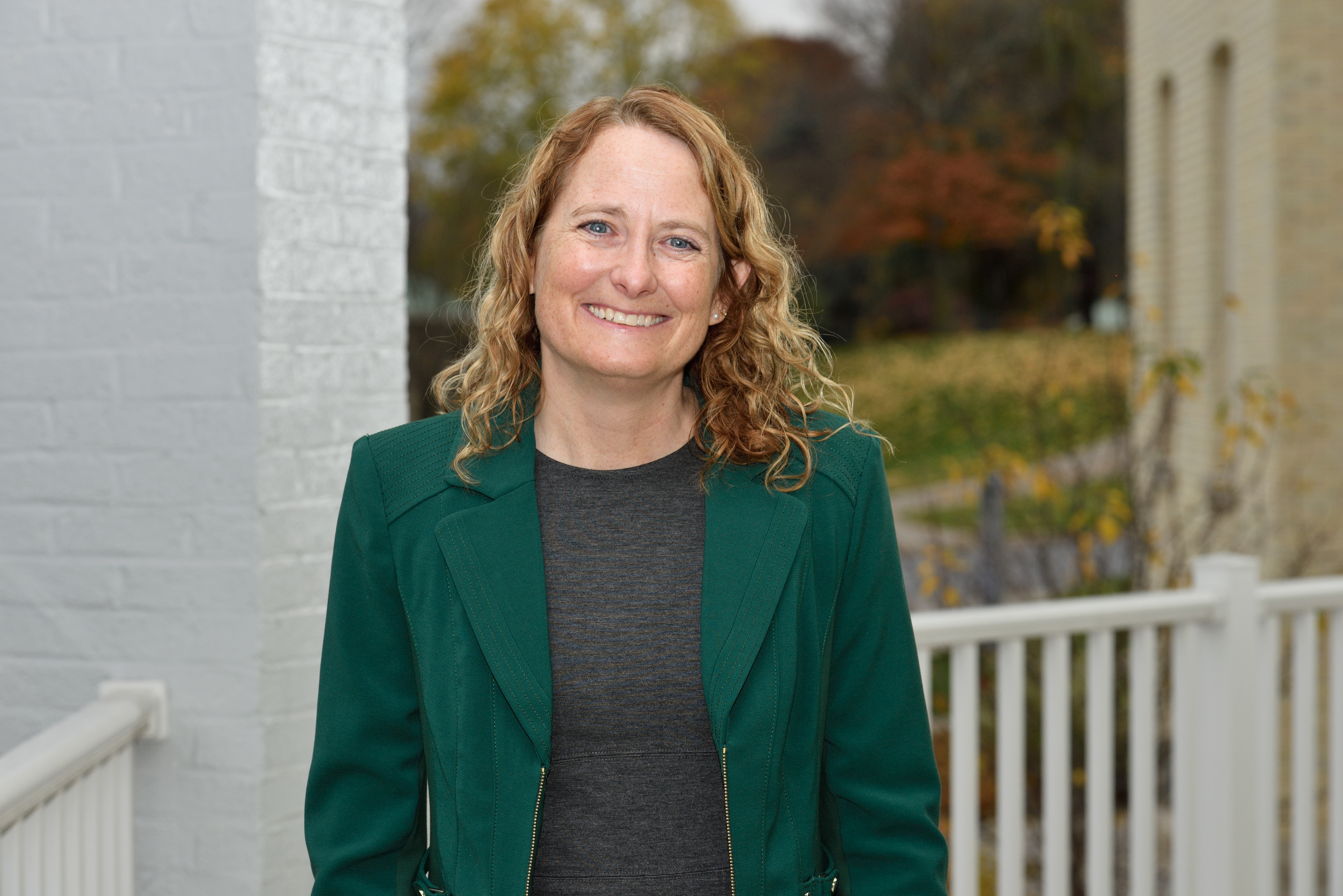MSU partners to meet the health care needs of rural communities
One in five U.S. citizens rely on a rural doctor for their and their family’s health care needs. Spartan physicians are among those serving smaller cities who are finding innovative ways to tackle challenges unique to rural health care practices.
National Rural Health Day will be observed on Nov. 19. “This is a time to highlight the unique health care needs of rural communities, while celebrating the fact that rural communities are a wonderful place to work, live and thrive,” said John Barnas, executive director for the Michigan Center for Rural Health.
The MCRH established in 1991, is one of three nonprofit State Offices of Rural Health in the country and furthers collaborations in network development, quality of care, emergency services, continuing education and recruitment of rural health care providers.
One of these partnerships is with Michigan State University and the medical and nursing students in the MSU College of Human Medicine. This program is led by Andrea Wendling. Wendling, director of rural medicine for the College of Human Medicine and professor in the Department of Family Medicine, always knew she wanted to be a rural health doctor growing up in Emmett, Michigan, a small town in Michigan’s Thumb region. After medical school at the University of Michigan and her MSU residency, she and her husband both pursued dreams of being rural doctors. In 2012, she came back to MSU and worked to expand the Rural Community Health Program into rural areas that were underserved.
A day in the life of a rural physician varies with patient needs. Wendling may be at the hospital examining a newborn, conducting a home visit with an elderly patient, guiding patients through telemedicine portals, or helping those challenged by the realities of rural economics.
“You get to know people in a three-dimensional way because you are living in the same community,” she said. “You have an opportunity to share in their sad times and celebrate their successes together.”
Wendling also said it can be odd shifting from the doctor-patient role to friend and neighbor. “Last week, they were my patient but today they are my child’s teacher at a parent-teacher conference,” Wendling said. “There is nothing more stressful than to line up next to your doctor at a potluck dinner.
For Wendling, it is not just about providing care today, but also about training doctors to be the rural healthcare providers of tomorrow. “We have built a pipeline to get more rural students into medical school,” she said. “It’s a challenge for them to even get to the point where they can apply to medical school. In fact, only 4% of medical students come from rural backgrounds.”
Once the students, no matter where they are from, are in the program, there are additional adjustments associated for rural training residency and internship opportunities. “Most people live in urban or metro areas and almost all medical education happens there,” Wendling said. “When students train in urban areas with lots of resources, they become used to having access to technology and specialists. So, when they consider practicing in a rural place, it’s daunting because they need to rely on a different skill set.”
As part of the Rural Community Health Program, students are encouraged to attend community events, meet with the chamber of commerce, and create an advocacy project to help the community that they will be living and training in. “We teach this before their residency so that after they graduate and come back, they can fully embrace these communities,” Wendling said.
“Celebrating National Rural Health Day is celebrating all the work we are doing that is different than mainstream work,” Wendling said. “It is not a hardship to be a rural doctor; it’s the best job in the world.”
